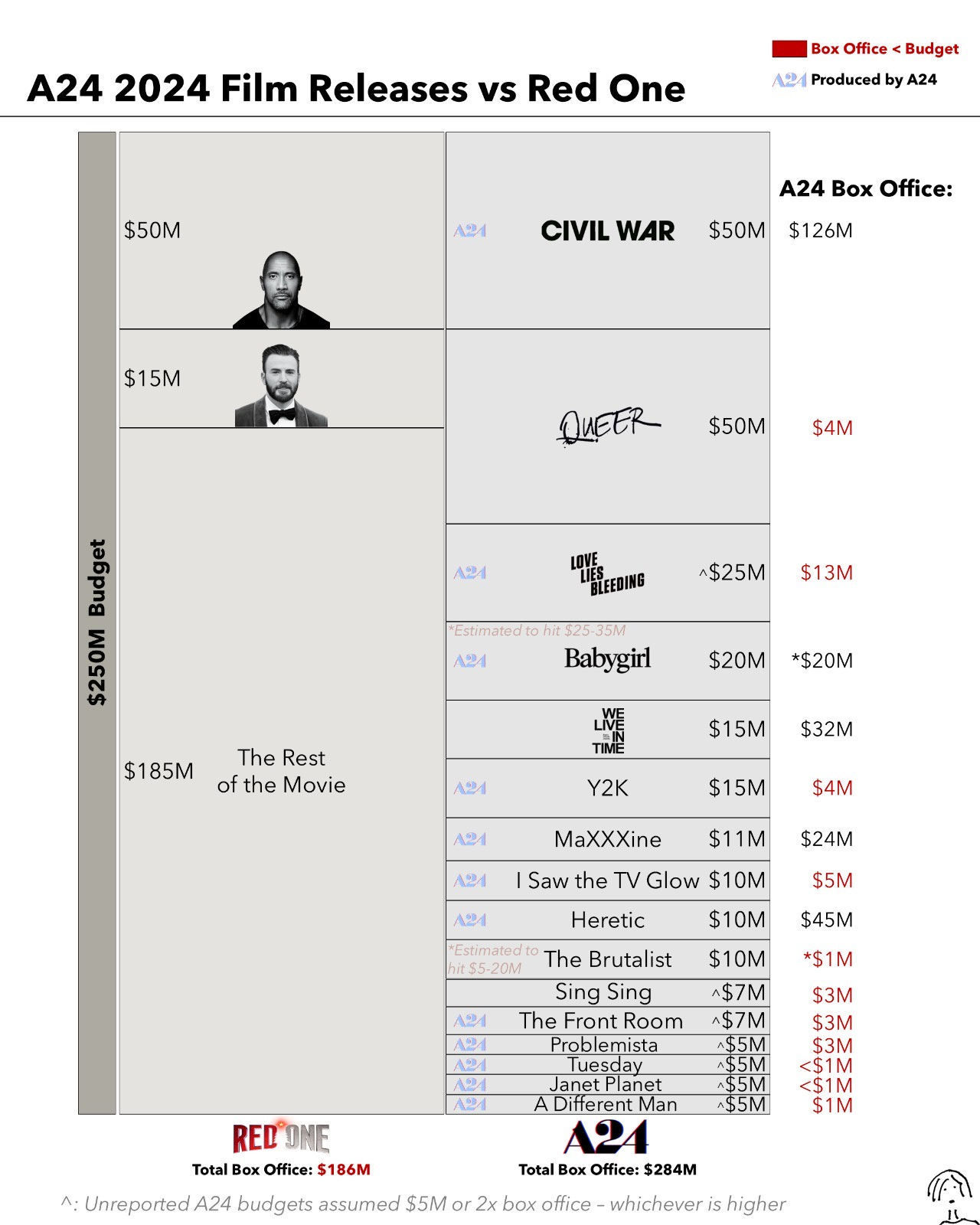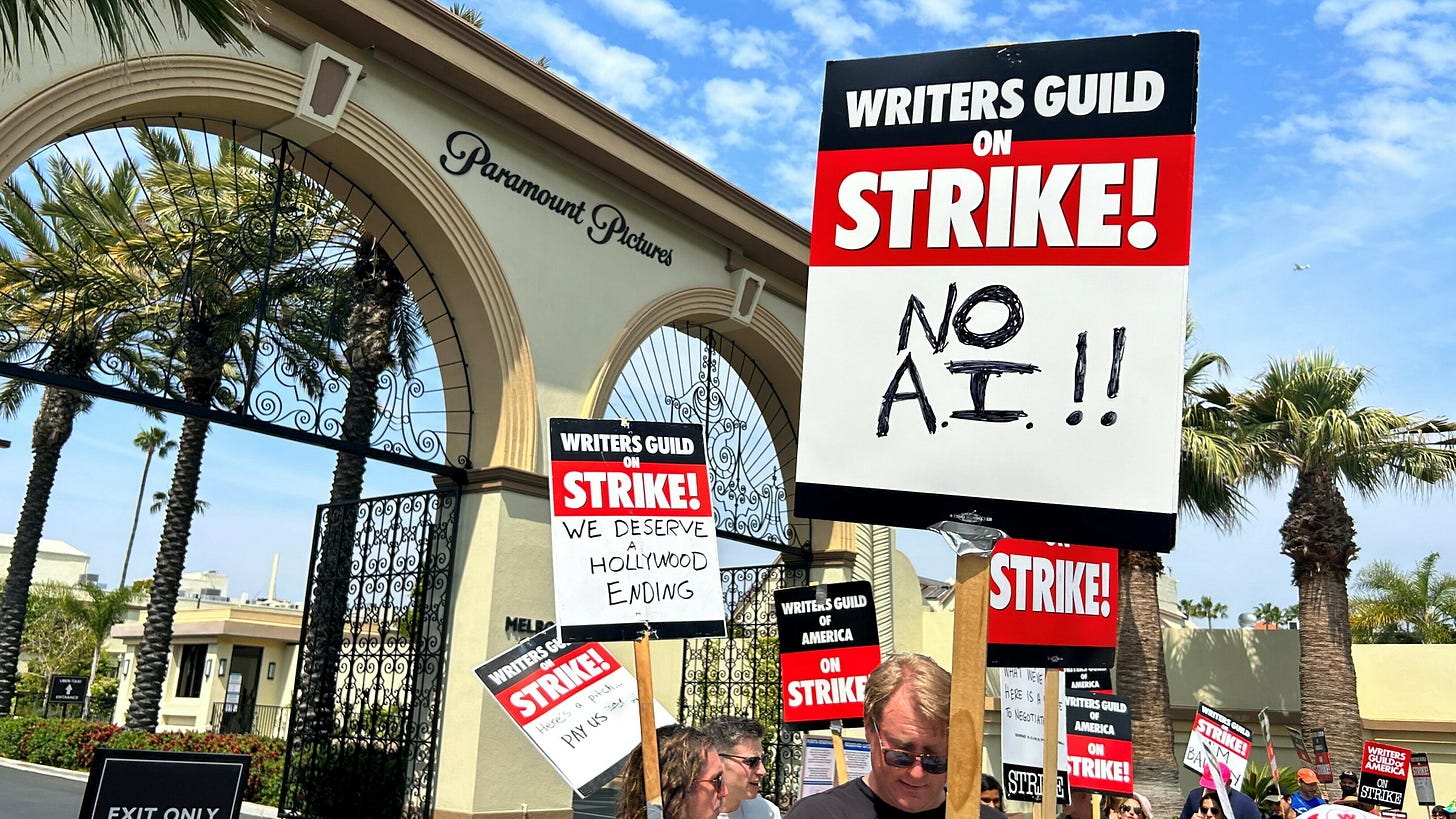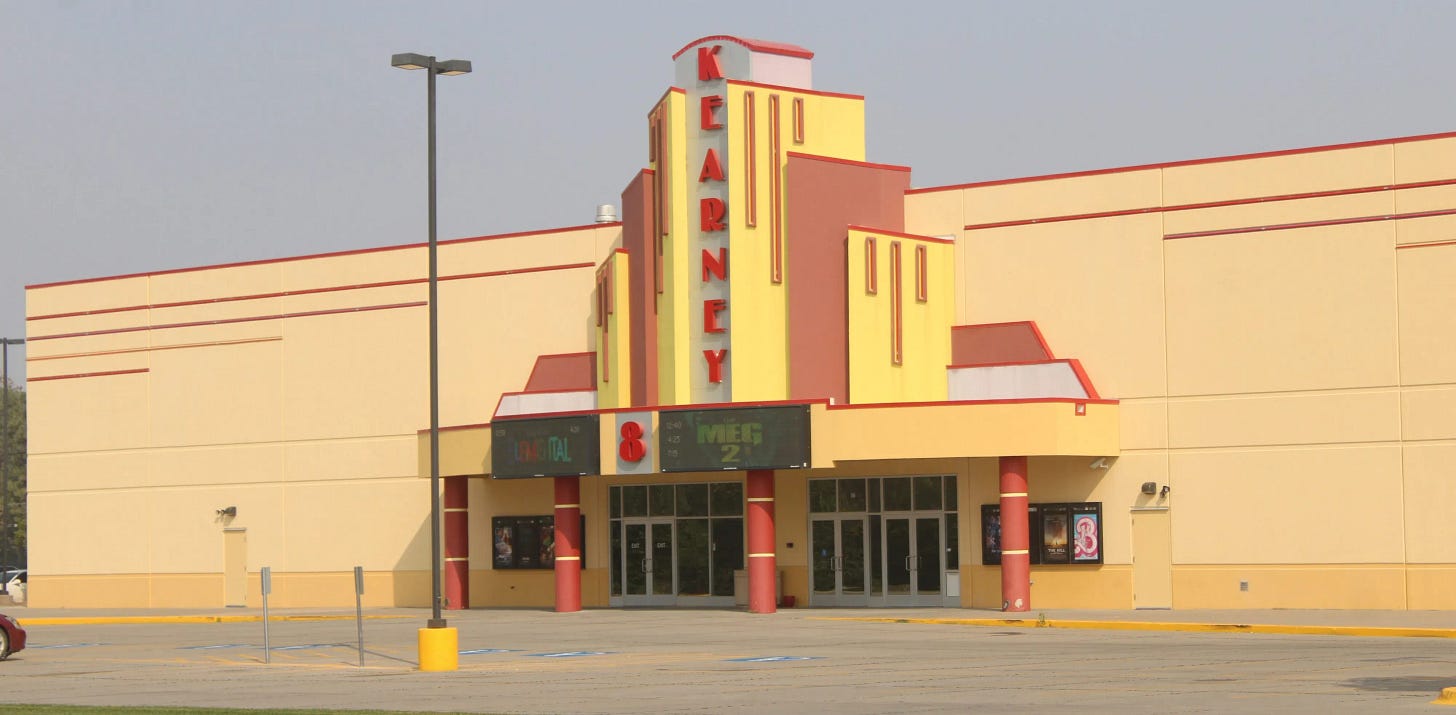Where Is Hollywood's Money Going? The Growing Problem of Inflated Movie Budgets
Studios are spending hundreds of millions on films that rarely make their money back. With soaring production costs and bloated marketing budgets, is this business model sustainable?
Can someone explain where all of the money in Hollywood is going? Because unless the big studios are running one of the biggest money laundering schemes in history, they have some seriously bloated budgets and outrageous spending going on. Mickey 17, Bong Joon-Ho's latest film, had a reported $120 million budget with another $80 million going to marketing costs. Netflix's latest movie, The Electric State, had a budget of $320 million. Amazon Prime spent $250 million on Red One. The numbers are absolutely insane, and none of these films are going to make their money back. Mickey 17 might get close with global box office, VOD, and physical media sales, and I love Bong Joon-Ho’s movies. I am glad he got the budget to do what he wants. But Parasite cost under $20 million and is almost certainly going to have had a bigger impact than Mickey 17 will. The Electric State is getting poor reviews, and I see no one excited about that movie. I don’t even think most people know it exists, which is insane for $300 million. It won’t drive new subscriptions; it will just make for another Netflix price increase. Red One came in around $180 million at the box office, so after factoring in marketing costs for that film, which I know were high, Amazon probably lost well north of $100 million. It can’t be sustainable, and yet it keeps happening.

For comparison, Red One’s $250 million budget was the same as A24 spent on their entire slate of films in 2024. A24 released 16 movies in 2024, including notable films like Civil War, The Brutalist, Babygirl, Love Lies Bleeding, Sing Sing, I Saw The TV Glow, Maxxxine, and Heretic—all of which I would rather watch. They were better reviewed, they generated far more genuine enthusiasm from audiences, and although they weren’t all smash hits, they probably had a much higher return on investment, or at least a chance to break even.
The problem for me isn’t the spending itself. Spend what you want, if you can make it back, but most times, they can’t. So now the major studios will use these losses as an excuse. They will blame audiences and movie theaters for not selling tickets. They will increase streaming subscription costs again. They will blame this on "original films" and push for more IP and sequels. They will have layoffs. But I think the real issue is the inefficiencies in how these big studios operate. They have not been able to adjust to the way people consume movies today. They still think it’s 2003 and they can make a $200 million movie and expect a guaranteed return at the box office. But people are going to the theater about 80% less than they used to. You can’t make $100 million on DVD sales when everything is pushed to streaming, and physical media has been diminished. VOD sales help, but a lot of this stuff gets pushed to streaming so quickly that audiences have been conditioned to just wait.
When I think about these big-budget movies, I understand that movies require a lot of money, especially those with heavy VFX. But if you can make a movie like Godzilla Minus One for $15 million by doing VFX in house, or The Creator for $80 million, which looked amazing, I don’t know where the extra money is going. Even back in 2003, The Lord of the Rings: Return of the King was made for $93 million. Adjusted for inflation, that’s still well under $200 million (about $160 million) in today’s dollars, and that movie had an insane amount of effects. That is the kind of movie that actually needs a $200 million budget to tell the full story and the epic scale of the battles. And it made a ton of money, and still does to this day.
This isn't a new phenomenon. Budgets have been high for years. But when the business of movies shifted, the studio budgets didn’t shift along with it. That’s why all we hear about from major studios now is layoffs, streaming service losses, and angry executives who seem more interested in profit margins than making great movies. This is why indie distributors like A24, NEON, and Mubi have become so popular. They make movies that actual movie lovers enjoy, and they operate under smart, low-cost budgets. They don’t have money to throw around, so they get creative with their marketing, focusing on social media and lower-cost platforms rather than running a Super Bowl ad or plastering billboards all over LA. They aren’t throwing lavish events for influencers and socialites who don’t care about movies. As a marketer myself who often works with extremely tight budgets, I aspire to be as good as the teams from A24 and NEON some day.

I talked about movie marketing in a recent post and how effective it can be when done right. A24 and NEON have built a community around their brand. They’re not just selling movie tickets. They’re selling exclusive merch, physical media, club memberships, and more. They have created a brand that transcends film. That approach makes total sense in today’s entertainment landscape. Meanwhile, the major studios are stuck in an outdated marketing model that spends absurd amounts on inefficient and outdated strategies with little return on investment.
On the production budget side, the bloat is everywhere. I’ve talked with people in the industry who tell me about consultants and specialists charging ridiculous rates for their services. I’ve heard about equipment rentals that cost twenty times more than if the equipment had just been purchased outright. Like many massive corporations, when a company gets too big and no one is closely monitoring spending, it’s easy to start wasting money without realizing where it’s going. Consultants in the corporate world have created a $250 billion industry charging companies insane rates to tell them things they already knew. A lot of this also boils down to studios doing things a certain way simply because "that’s how we’ve always done it," even when a far more efficient method is available. Big studio productions aren’t forced to get creative or savvy with their dollars like indie filmmakers have to be, and that’s a huge problem.
So, what will the consequence be? I worry that studios will take even fewer risks than they do now, and they already take very few. They will keep increasing costs, milking franchises to death, and doubling down on safe, uninspired projects. Look at Amazon with James Bond (we all know its coming), Disney with Star Wars, Warner Bros. with Dune and DC. Netflix might be the only company that can sustain these massive losses thanks to their 300 million worldwide subscribers, but even they can’t just keep increasing prices forever without providing better content.
AI is another concern because instead of addressing the real issue—out-of-control spending—studios will blame costs on people and push for AI to replace human jobs in an effort to "cut costs." They won’t look at the bloated marketing budgets or the ridiculous inefficiencies in their productions. They’ll just try to eliminate the human element, which will only hurt the industry even more.
As audiences, we do need to support original films and get to the theater more often, but the studios need to meet us halfway. They have spent years conditioning people to expect movies to hit streaming just a few weeks after release. They have removed the exclusivity of the theatrical experience, and now they’re paying the price. You can’t expect the average person to drop $30 on movie tickets, hire a babysitter, and buy snacks when they know very well that they can watch the same movie at home for much cheaper in a few weeks.
At the end of the day, Hollywood as we knew it seems to be dying a slow death. These massive budgets won’t last forever. Movies have to change. And I think the future of filmmaking will bring us back to the $20 million movie as the new normal. We will continue to see lower-budget, story-driven films that don’t require obscene spending. And the benefit? We can make more of them! Give more filmmakers a shot. I’d rather have sixteen A24 movies than one Red One. It’s time for the big studios to wake up, do the math, and realize that this boom-or-bust business model isn’t sustainable. You can’t have one Oppenheimer for every ten box office bombs and expect to stay in business.
Studios need to cut extravagant marketing, stop wasting money on things with no ROI, and focus on rebuilding their audience. They need to learn from A24 and NEON, build community, engage with moviegoers, and rethink how they approach distribution. And for the love of cinema, they need to work with theaters again. Bring back the exclusive theatrical window. Make the movie theater experience a priority instead of an afterthought. If they don’t, the industry as we know it won’t survive much longer, and we will all be sitting at home watching movies the same we watch YouTube videos or social media posts. Movies will be nothing more than extra “content” instead of audiences appreciating the art form in the way it was meant to be seen.






The Budgets inflated when they opened up to China and wanting to get into their market…was easy to make a profit with them..read “Red Carpet: Hollywood, China, and the Global Battle for Cultural Supremacy” by Erich Schwartel. It’ll help give you some more context. Great fascinating read. You will certainly enjoy it and open your eyes…one fascinating fact…did you know that there is a Martin Scorsese movie from 1997 made by Disney and was only released in 2 theaters, is unavailable to stream anywhere and can only be bought on Amazon for like $100 used? Read the book and find out more 😉
You grazed it in the second line. Streamer-studios are using inflated budgets as write-off opportunities while celebrity producers and EPs have been siphoning money for decades now.